Effectively clarifies and purifies water bodies
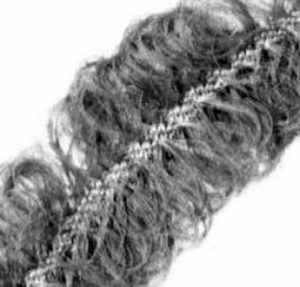
Bio-Cord is a bio-filter media new to North America originally developed for management of drainage into oceans, rivers, lakes and marshes to prevent water pollution through sedimentation of solids and microbial purification of dissolved nutrients. It has been successful in a variety of applications, including wastewater treatment and agriculture applications.
The concept originated from a Japanese farmer’s observation that seawater was clarified when rope with branch strands was used in oyster beds. Much like the Japanese farmer’s rope, Bio-Cord is submerged in water (usually in the form of modules), where microbes adhere to threads on the cord and decompose organic substances.
Use in pollution control
In their natural state, rivers and lakes have sufficient hydrophytes (plants adapted to grow in water) and microorganisms to cleanse the water of contaminants. However, large quantities of organic material overwhelm this natural purifying ability. Bio-Cord is utilized to supplement the inherent ability of rivers or lakes to rid themselves of contaminants.
Bio-Cord is produced in a rope-like form. In most applications, the cord is attached to a frame and a series of one-dimensional frames are put together the form a module. Bio-Cord has been used in Japan for many years in river applications. In Japan, many of the riverbeds are covered with concrete, with little vegetation and few microorganisms available to cleanse the water naturally. Bio- Cord is deployed in long strips on the river bottom, resembling underwater plants, providing a substrate for microorganisms to thrive. Setting the cord on the river bottom reduces the flow sludge loading.
Bio-Cord has been available in North America for over four years, and is only now starting to catch the attention of water quality control and aquaculture companies. Bio-Cord has been used in the US and Canada with favorable results for the treatment of swine manure, and in poultry and cattle operations.
Aquaculture applications
Bio-Cord material is manufactured with a slightly positive charge. Since the microbe cells are negatively charged, they attach to the positive charge on the cords and remain attached. This allows the material to be used in flowthrough aquaculture systems, because the attached microorganisms are not easily washed away by the water flow. Due to the increased amount of surface area, the cord can hold a larger quantity of microorganisms per unit length compared to other bio-filter media. This means that less area is taken up by the bio-filter.
Large-scale experiments are currently underway near Sudbury (Ontario, Canada), where Bio-Cord units are being used in a semirecirculation system in arctic char ponds. Final results are not available yet, as the project is only in its first phase, but water quality improvements have already been observed. Another test will be conduced soon by Northern Tilapia in Lindsay (Ontario, Canada). Bio-Cord will be used as a surface area to convert the ammonia into nitrates, to improve the nitrification rate in a recirculation system for tilapia growing tanks, and to reduce effluent leaving the farm as well as the volume of water. The tests will assess how efficient the material is at nitrification and digestion of suspended organics.
Conclusion
Bio-Cord has been shown to effectively clarify and purify water bodies. It can be included in the design of new, or retrofitted to existing, aquaculture operations. It is inexpensive to operate and maintain. Flexibility of the design allows for site-specific applications, and the units are easy to operate. A four million gallon unit requires only a total of 30-hp, and approximately two hours per day of attention to assure operational parameters. A remote telemetry system is available, but is not required in most applications due to the flexibility of the system.
(Editor’s Note: This article was originally published in the June 2000 print edition of the Global Aquaculture Advocate.)
Now that you've reached the end of the article ...
… please consider supporting GSA’s mission to advance responsible seafood practices through education, advocacy and third-party assurances. The Advocate aims to document the evolution of responsible seafood practices and share the expansive knowledge of our vast network of contributors.
By becoming a Global Seafood Alliance member, you’re ensuring that all of the pre-competitive work we do through member benefits, resources and events can continue. Individual membership costs just $50 a year.
Not a GSA member? Join us.
Author
-
LeeAnn Reinert
Fukui North America
P.O. Box 119
Golden Lake, Ontario
Canada K0J 1X0
http://www.fukuina.com[116,101,110,46,115,103,105,46,99,110,101,114,64,116,114,101,110,105,101,114,108]
Tagged With
Related Posts
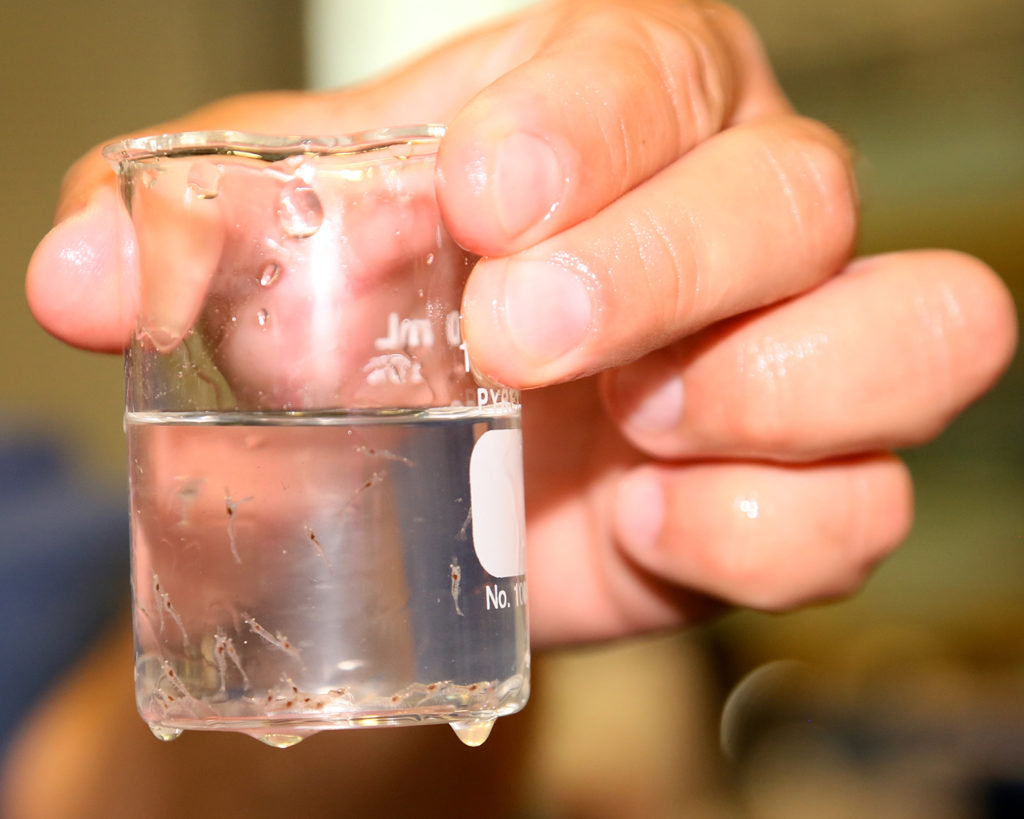
Health & Welfare
Comparing biofloc, clear-water and hybrid RAS systems as shrimp nurseries
This study compared three types of RAS nurseries for shrimp: biofloc (BF), clear-water (CW), and hybrid RAS (HY). Results showed that differences between treatments in terms of shrimp survival, mean harvest weight, specific growth rate, and feed conversion ratio were not significant.
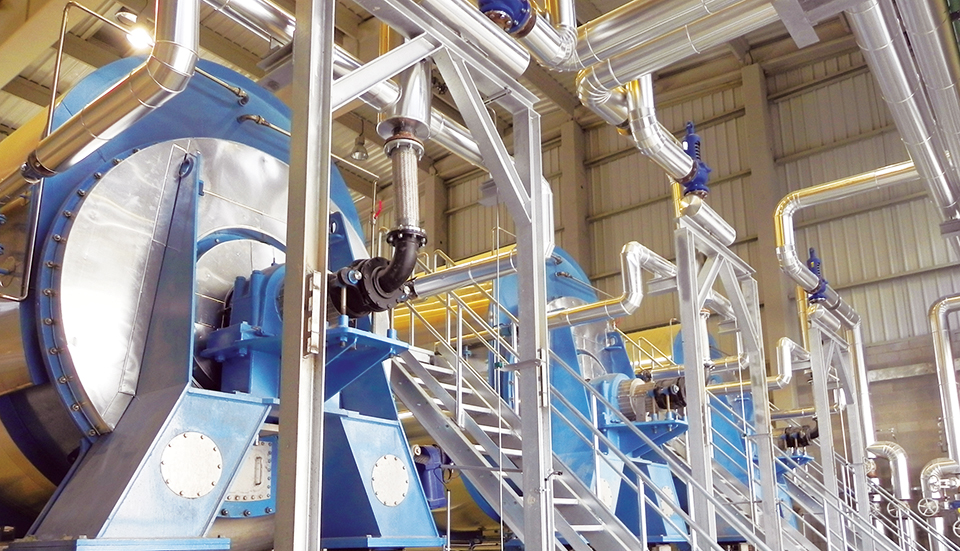
Aquafeeds
Animal byproduct concentrates useful tools in formulation
With the market volatility of fishmeal, as well as rising sustainability concerns, the aquaculture industry is seeking sources of protein, such as animal byproduct concentrates, to substitute for fishmeal.
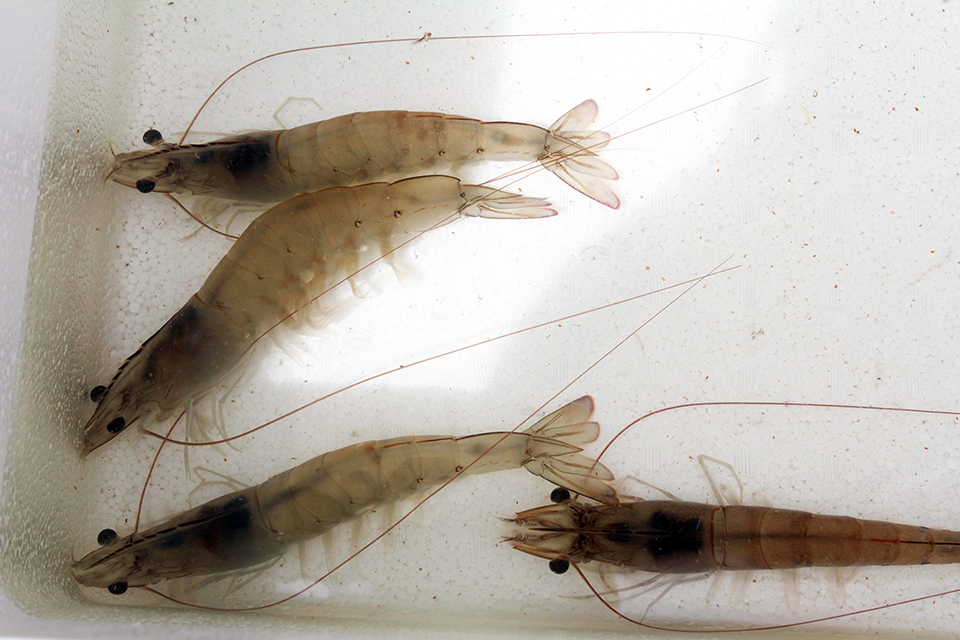
Health & Welfare
Aquaculture disease diagnosis is detective work
Those charged with determining the underlying cause of a disease outbreak have a wide variety of detective tools at their disposal.
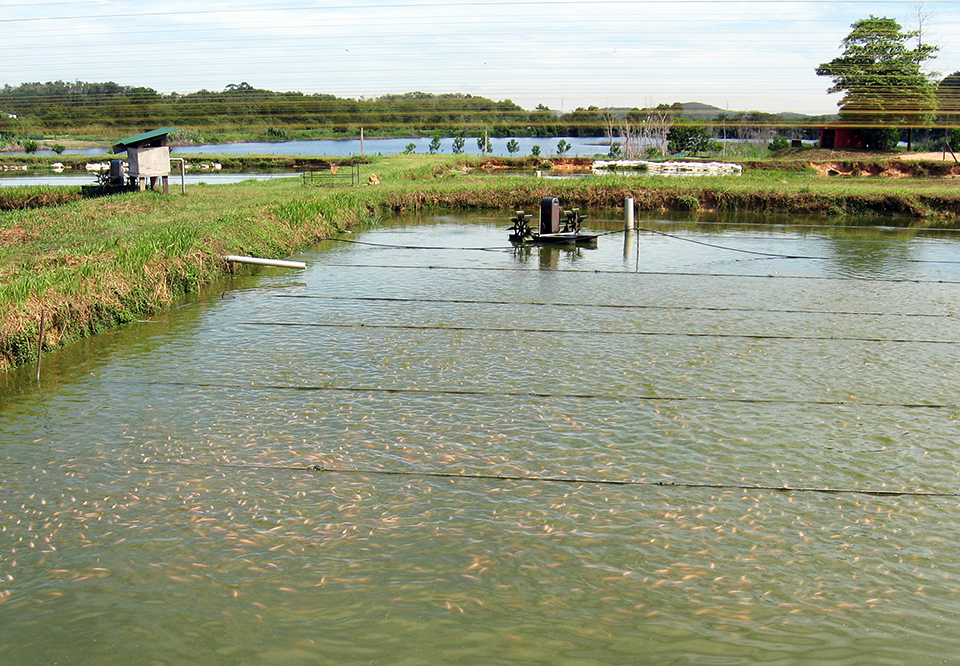
Responsibility
Assessing the carbon footprint of aquaculture
A carbon footprint is an estimate of the total carbon emissions resulting from the production, use and disposal of a product or service. Carbon footprints for aquaculture products result mainly from the use of manufactured feed and mechanical aeration.



